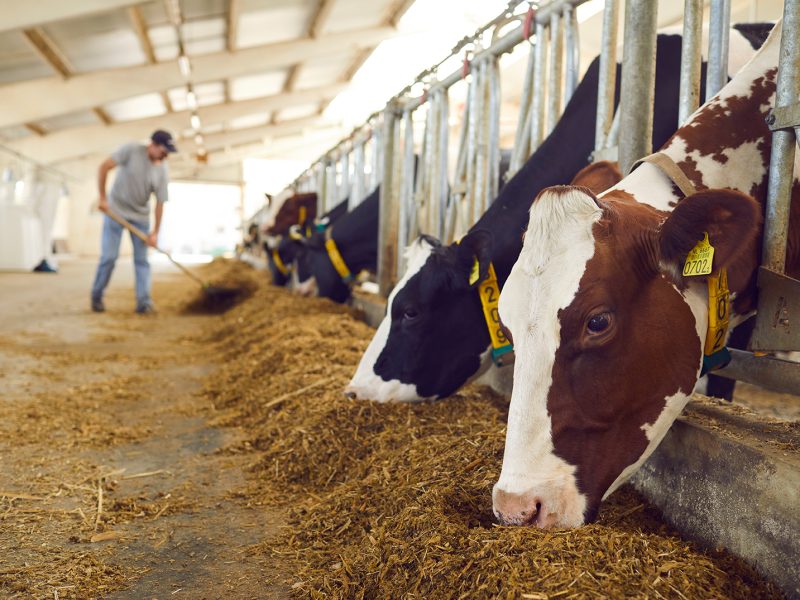Results of a new Canadian Agricultural Human Resource Council wage study highlight opportunities to improve on-farm compensation practices.
The study, released May 22, drew on 609 employees across 140 organizations. It indicates that the highest-paying commodity group across all job categories was grain & oilseed while dairy and apiculture ranked among the lowest.
“The weighted average for the farm manager role ranged from $29.56 to $37.95 and the median ranged from $30 to $39.90. Grain & oilseed paid the highest weighted average and median for farm managers,” the report stated. “Dairy paid the lowest farm manager wage across all industries by an estimated $4 an hour.”
With respect to farm workers, the median pay rates ranged from $18 to $28 an hour with apiculture paying the least and grain & oilseed paying the most. Dairy paid a median wage of $20 an hour.
General farm labourers, the lowest paid category overall, again received the highest median pay in the grain & oilseed sector ($21.67 an hour) while apiculture paid the least ($16.50 an hour).
The low wages in dairy and apiculture weren’t necessarily offset by non-monetary compensation like health and dental plans. While more than half of organizations surveyed indicate they offer these, dairy and apiculture were the least likely. In fact, more than 70% of dairy businesses offered these benefits.
The most common benefit was training and development, at 87% of employers.
Results weren’t broken out by province, but starting wages in BC have tended to be above $18 an hour, according to Statistics Canada data collected through last fall.
However, there are some notable differences in BC.
BC indexes its minimum wage to inflation, and the next increase on June 1 will see the rate rise 4% to $17.40 an hour. Most employers pay well above this in order to secure workers.
Provincial legislation also mandates sick days for all full and part-time employees.
This spring, the BC Agriculture Council launched a benefits program to make it easier for sector employers to support, attract and retain workers.
CAHRC said its own study, based on data from 2023, can help to close the labour gap facing farmers by giving them a better understanding of compensation practices and tweaking their own to cultivate a co-dependent relationship with staff.
“Providing essential compensation data resources to all industry producers is a critical step to attracting top talent, retaining current experienced talent and bettering careers in the agriculture industry,” the study concluded. “Rethinking the standard approaches of how employees are compensated and supported through benefits can serve to improve the current agriculture labour market shortages.”


 Senate report on TFWs
Senate report on TFWs